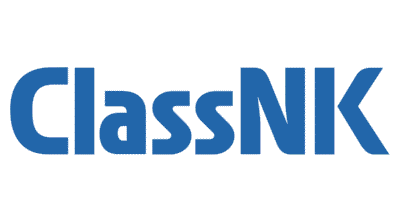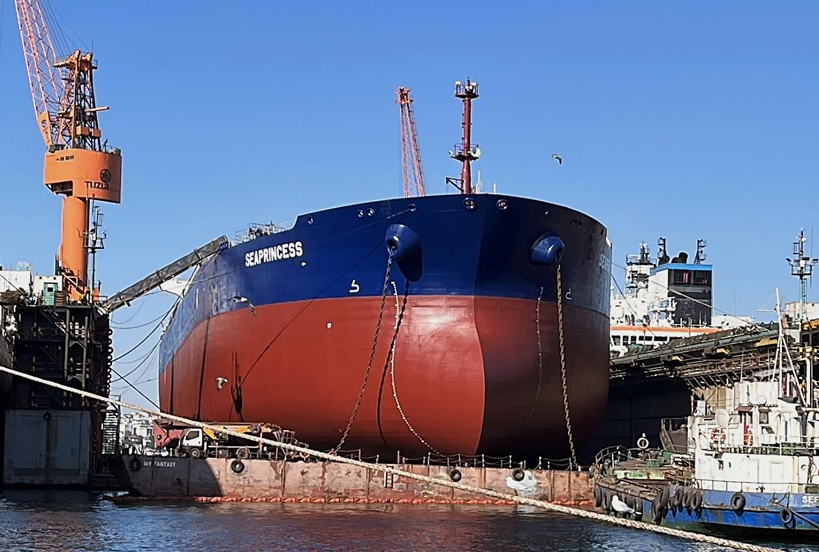
ClassNK has released its Guidelines for Liquefied Hydrogen Carriers (Edition 3.0), which covers essential details to examine the safety of carriers to spur related technological developments.
To construct a supply chain for hydrogen, which is expected to be a clean energy source in a decarbonized society, the development of liquefied hydrogen carriers that enable large-scale and efficient transportation is progressing actively.
IMO has worked on establishing safety requirements for liquefied hydrogen carriers that must keep cargo at an extremely low temperature Continue reading “ClassNK releases updated Guidelines for Liquefied Hydrogen Carriers”










